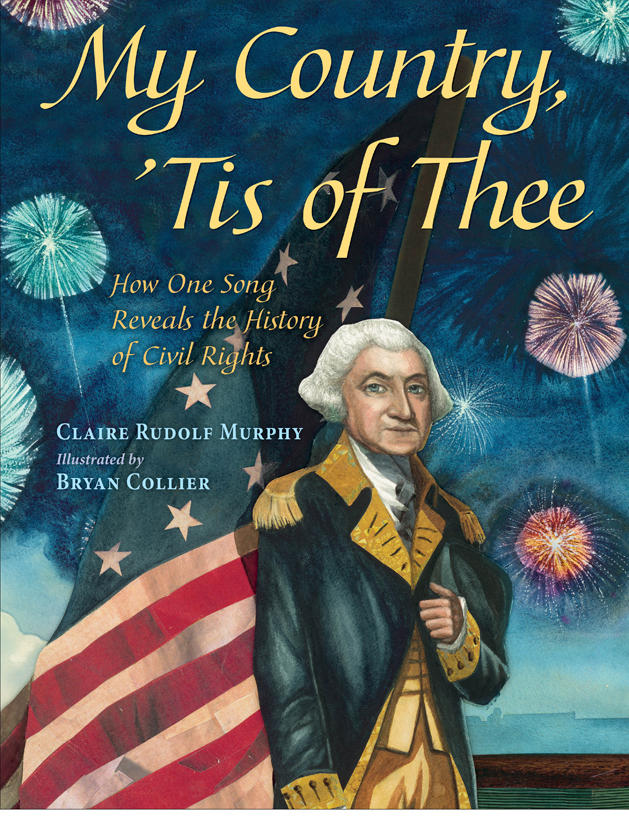Study Guide | Buy Now: Amazon – IndieBound
Illustrated by Duane Pasco
Versions of the Salmon People legend have been told for centuries among the Northwest Indians. Enlivened by acclaimed Northwest Coast artist Duane Pasco’s striking drawings, The Prince and the Salmon People offers a rare look at the Northwest as it was before logging and the flood of European peoples took their toll.
 Excerpt
Excerpt
Read a selection from the book.
Reviews
In this tale that incorporates anthropological data, a prince born at the same moment the spring salmon run is destined by “the greatest of all shamans” to remind his people of their interdependence with the fish. Busy and forgetful, the people neglect the salmon rituals, and famine results. The prince, having angered his mother, runs away and, ultimately, lives with his uncle, the Chief of the Spring Salmon People. Here, he ends the famine by restoring the proper rituals. Though its message is unimpeachable, the narrative is not only slow, but also confusing. (Why does the “greatest” shaman not guard the rituals? How does the boy get pocketsful of goat fat in the midst of a famine? How can readers know that he has actually left the “real” world and entered the spirit world, when there is no threshold depicted?) However, it is authentic and admirable in many ways. Numerous grisaille drawings done in the traditional native Northwest style enrich the volume. The figures appear slightly stiff and archaic, but their formal attitudes are in keeping with cultural norms and the seriousness of the story. In addition, there are many color and black-and-white photographs-with detailed captions-of Tsimshian people and artifacts interspersed throughout the text. These pages break the flow of the tale, but do contribute to its flavor. A worthy effort, more to be consulted for reports than for the pleasure of a good read.
— Patricia Dooley, formerly at University of Washington, Seattle. Copyright 1993 Reed Business Information, Inc.
Background
Different versions of the Salmon People legend have been told for centuries by many tribes of the Northwest Coast Indians. Though the tellings may differ in detail from tribe to tribe and era to era, all versions express the Indian belief that animals have spirits like people, and can move freely between the animal and human worlds, choosing to feed humans when we approach them with proper respect and ceremony. This story is based on anthropologist Franz Boaz’s accounts of traditional Tsimshian legends and interviews with contemporary Tsimshian elders and craftsmen.
About the Tsimshian In their traditional way of life, the Tsimshian (Tsim-shan or TSIM-shee-an) fished and hunted in groups of families related through the women. They lived in large cedar-plank houses in northwest British Columbia along the Skeen and Nass Rivers and later, in the southeastern Alaska community of Metlakatla. They are known for their graceful canoes and objects made out of wood such as totem poles, masks, and carved wooden boxes.

Resources for Teachers and Students I Am Salmon: An Exploration of Salmon and Self is a program of One Reel that helps young people learn about salmon, watersheds, and themselves. Please contact them directly for a copy of their Teacher’s Packet (Creel & Tackle Box) on I Am Salmon: An Exploration of Salmon and Self, an Educator’s Collection of resources and Activities for the Interdisciplinary Study and Appreciation of Watersheds and People of the North Pacific Rim. One Reel, First Fish: Wild Salmon Project. 1999.
Resources for Teachers
Kudatan Kahidi: The Salmon Box – Tlingit legend of the Raven pulling shoreward the salmon from the middle of the ocean. (PDF file)
Salmonpeople by Peter Donaldson, an educator, performance artist, and storyteller



